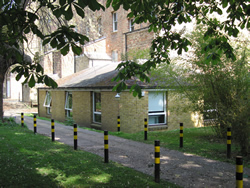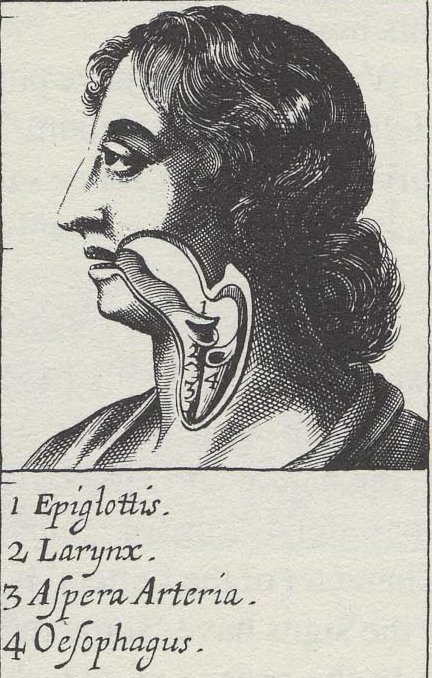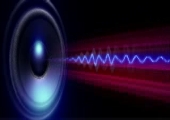
COVID-19 news
Due to the COVID-19 pandemic, the Phonetics Laboratory was closed from March 2020, partially reopening from October 2020. For the start of the new academic year in October 2021, we have been preparing the Lab so that staff and students may work on site under strict new protocols and procedures. We are planning for face-to-face teaching for small groups in academic year 2021-2. Although the building has now technically "reopened", in a limited and careful way, we are not currently able to receive visitors except with an appointment.
About the Laboratory
The Phonetics Laboratory was established as an independent department of the University in 1980, and has been considerably expanded since. In 2008, the Laboratory was one of the units that contributed to the formation of a new Faculty of Linguistics, Philology, and Phonetics, of which it is now a constituent part. It occupies the basement of 41 Wellington Square. The experimental area consists of two small recording studios (one also doubling as an acoustics and perception laboratory), a physiology laboratory, and a speech processing laboratory.
 Although the lab is only about 40 years young, phonetics has been studied at Oxford for about 800 years. In the early 13th century, Robert Grosseteste wrote about the different shapes of the mouth in pronouncing the vowels of Latin, and of the transmission of sound through the air. (In a 15th-century adaptation: "But for more cliere knowlache of þis part we shuln vndirstonde the nature of our lettris, and first of the v vowels the whiche han divers placis and dyvers maners of their generacioun...") Royal Society founders John Wilkins and John Wallis were among the 17th-century Enlightenment pioneers
of the articulatory description and scientific classification of speech sounds. In the early 20th Century, Henry Sweet was Reader in Phonetics; in 1913-14, Daniel Jones had a visiting appointment as Taylorian Lecturer in Phonetics, and from 1930 to 1940, J. R. Firth was Lecturer in Phonetics at the Indian Institute. "A Brief History of Phonetics at the University of Oxford" prepared for the BAAP 2014 Colloquium is available from here.
Although the lab is only about 40 years young, phonetics has been studied at Oxford for about 800 years. In the early 13th century, Robert Grosseteste wrote about the different shapes of the mouth in pronouncing the vowels of Latin, and of the transmission of sound through the air. (In a 15th-century adaptation: "But for more cliere knowlache of þis part we shuln vndirstonde the nature of our lettris, and first of the v vowels the whiche han divers placis and dyvers maners of their generacioun...") Royal Society founders John Wilkins and John Wallis were among the 17th-century Enlightenment pioneers
of the articulatory description and scientific classification of speech sounds. In the early 20th Century, Henry Sweet was Reader in Phonetics; in 1913-14, Daniel Jones had a visiting appointment as Taylorian Lecturer in Phonetics, and from 1930 to 1940, J. R. Firth was Lecturer in Phonetics at the Indian Institute. "A Brief History of Phonetics at the University of Oxford" prepared for the BAAP 2014 Colloquium is available from here.
The Laboratory's resources are mainly used by linguistics students, especially graduate students of Linguistics, Philology and Phonetics, and of other departments working on speech. Hardware for physiological study employed by graduate linguistics students includes electroglottography, labial electromyography, measurement of airflow, ultrasound tongue imaging, anatomical models and tube models. During the COVID pandemic, use of aerometry (airflow) apparatus is suspended.
Audio recording provision includes two small studios with high quality microphones and digital recording. The studios are equipped with a computer system for the presentation of visual and/or auditory stimuli.
As well as excellent provision for research in speech physiology and acoustics, the computing infrastructure of the lab is outstanding. As well as Linux and Windows/Netware computer networks, there is an extensive collection of software for speech analysis and synthesis.
The Laboratory library contains a large collection of working papers from other labs, and a small collection of journals, books, conference proceedings, theses and offprints; on-line dictionaries, papers, theses and course notes; speech corpora; audio and video tapes.
The Laboratory is situated in the basement of 41 Wellington Square, as shown on this location map.

